08 Apr How to create a cottage garden with a modern twist
If you want a garden that will delight all of your senses, a cottage style garden could be just the thing for you. In this blog we’re looking at how to create a traditional cottage garden with a modern twist.
Full of scent, colour and the sound of buzzy bees. The traditional cottage garden has been the setting for many paintings, photographs and films. They tend to include beautiful colours, intriguing layouts, hidden surprises and sometimes even edible treats. However, we tend to associate them with – well- cottages. But there’s no reason why the concept of a cottage garden cannot be adapted to suit any style of property of size of garden.
Origins of the cottage garden
The original cottage gardens were productive plots for the less well off. They were about growing fruit and veg to feed the family. Flowers were brought into the mix for various reasons
- Herbs for flavour
- Medicinal plants
- Flowers to attract insects to pollinate fruit and veg plants
- Bee friendly flowers to support honey production
- Companion plants to control pests and diseases
The idea of a cottage garden was then copied by more affluent gardeners and they evolved into the romantic scent-filled chocolate-box type gardens we think of today.
Let’s look at the elements of a cottage garden…
Modern boundaries and fencing for your cottage garden
The cottage garden needs a boundary of some sort. A strong surround keeps cold winds out of the garden and creates a microclimate. A similar principal as the walled gardens attached to large country houses. Cottagers would have used native hedging or hurdles. Hedging was cheap and widely available at that time and of course it may well have produced edible berries to help sustain the family.
Today’s boundary needs to be sympathetic to the building and to the wider area. Modern landscape designers have a wide range of materials to choose from. A painted fence is a lovely way to show off flowers and creates a nice private area. Beautiful patterned screens make great boundaries– these can even be made bespoke. I also like brick walls and/or railings.
This small urban back garden has elements of cottage garden styling.
Colouring the fence panels in this garden accentuates the colours in the planting. The salvia to the left and geranium to the right are typical cottage garden plants.
Layout and materials
The original cottage gardens were about making best use of a small space. There would have been relatively little space between productive areas – perhaps just paths. Paths may have been made from second hand bricks or they may simply have been compacted soil. (the domestic lawn mower was not generally affordable until the 1950’s so until then only the very wealthy could afford manicured grass paths or lawns)
(I do know of one cottage next to a church where the paths are made from recycled grave stones laid face down so the writing is hidden.)
The cottage garden plants in this garden have only just been planted but already you can see how modern materials bring a contemporary feel to the patio area
A modern cottage gardener has more leisure time and so may want to include areas for relaxation as well as contemporary design features
- Lawn – frame with modern materials
- Patio – consider black basalt stone, timber decking or porcelain paving
- Seating areas – a large “sail” type sunshade is stylish and up to date
- Outdoor kitchen
- Arbour -incorporate a contemporary pergola for a modern twist
- Lighting – an absolute MUST for any 21st century outdoor space.
Don’t forget that layout can also be used to make a small area seem much larger. Think about ways to use the art of hide and reveal.
Planting for a cottage garden
Typically a modern cottage garden bursts with colour and scent all through the summer. Planting is generous and thick. Choose bee-friendly plants and place them close together. Don’t forget to use height, colour, flowering periods to their full advantage. Oh – and maybe include some shrubs or grasses for form.
Symmetry adds a layer of sophistication to the cottage garden. Trees or structures are great for this – if you are including a pergola or a trellis you can train scented roses or sweet peas over it for a whole other dimension.
Cornflowers are a typical cottage garden plant. Easy and cost effective to grow from seed they are a valuable food source for pollinators and can also be added to salads.
Edible plants
Many plants are edible as well as decorative. They are well worth investigating for a cottage garden. Herbs of course are the obvious choice, but what about cornflowers, calendula, violas and nasturtiums? – their flowers make a lovely addition to a salad. A fruit tree or two will provide great value for money.
Talking of salad, edible leaves make a beautiful filler between flowering plants. Picture frilly Lollo rosso growing alongside summer bedding plants. Quinoa is great as a garden plant too – if you can harvest the seeds before the birds scoff the lot, you can have a feast. It’s around 2 metres tall – so great for screening, has pink flowers and is very easy to grow.
This rural garden combines the use of wildflowers with clean modern lines and materials
Looking after your cottage garden
Some of our clients have shied away from the cottage style gardens, not because they don’t like them – but because they perceive them as being high maintenance.
That’s not necessarily true. Remember, the original cottagers were working long days and coming home to a meagre meal. They had neither the time nor the energy for vigorous gardening. By placing plants close together and mulching with manure weeds would have been suppressed.
Cottagers also used a trick called companion planting. Whereby different plants actually protected their neighbours from pests and diseases. As an example, onions were planted amongst rows of root vegetables to discourage carrot fly. French marigolds were used to deter blackfly on beans, Nasturtiums were planted near cabbages and kale because the cabbage white butterfly would lay its eggs on nasturtium leaves instead of the greens.
A careful choice of plants and mulching materials make modern cottage gardens just as manageable as their any alternative.
Could you see yourself relaxing in a cottage garden? Do you need help with the design? Look no further. Tapestry Design Studios have all the planting knowledge you need to create a beautiful cottage garden.
Take a look at our garden design packages and find one to suit your needs and your budget
or
You may also like…
Why it’s a great idea to use wildflowers in your garden




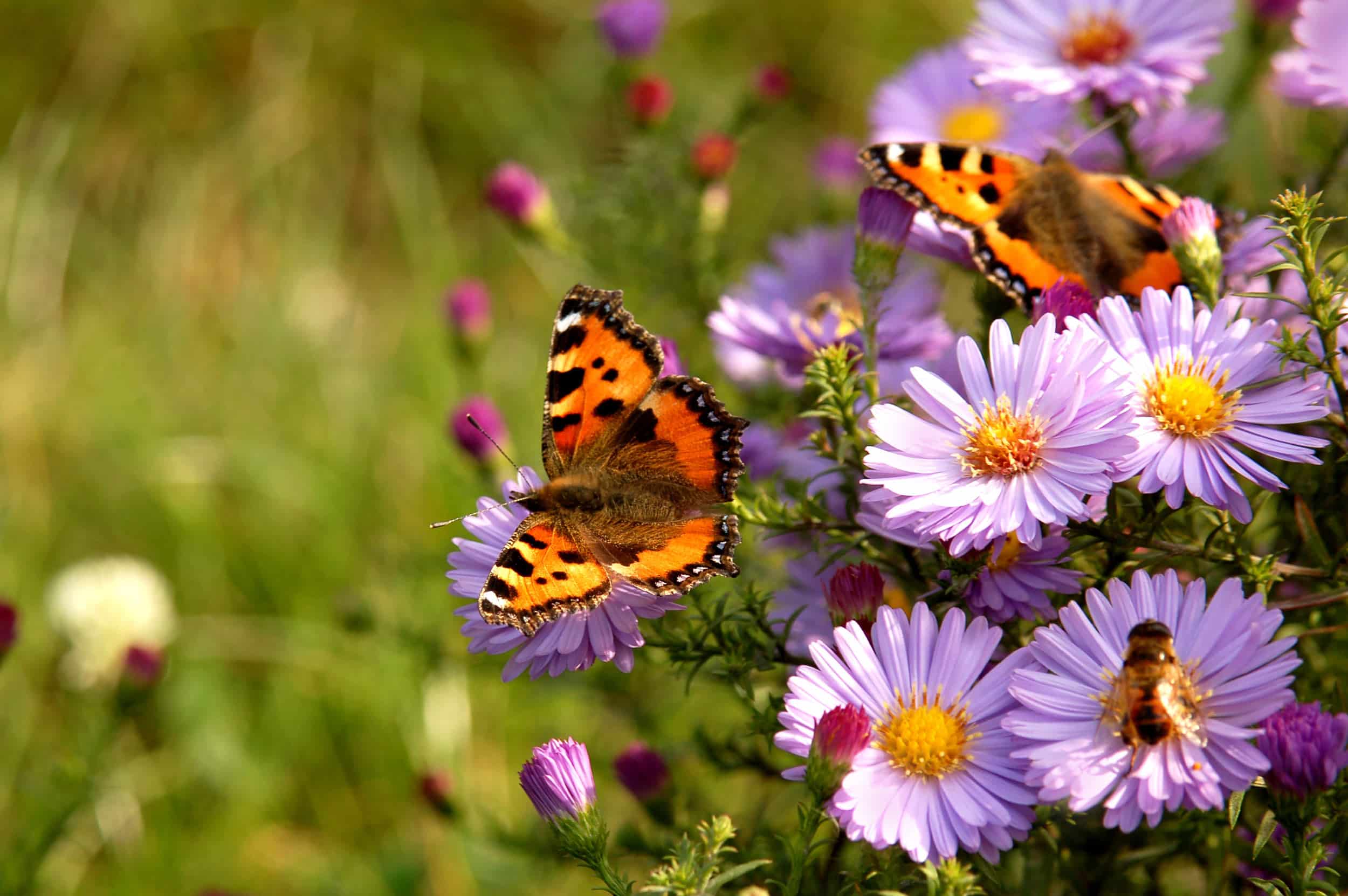
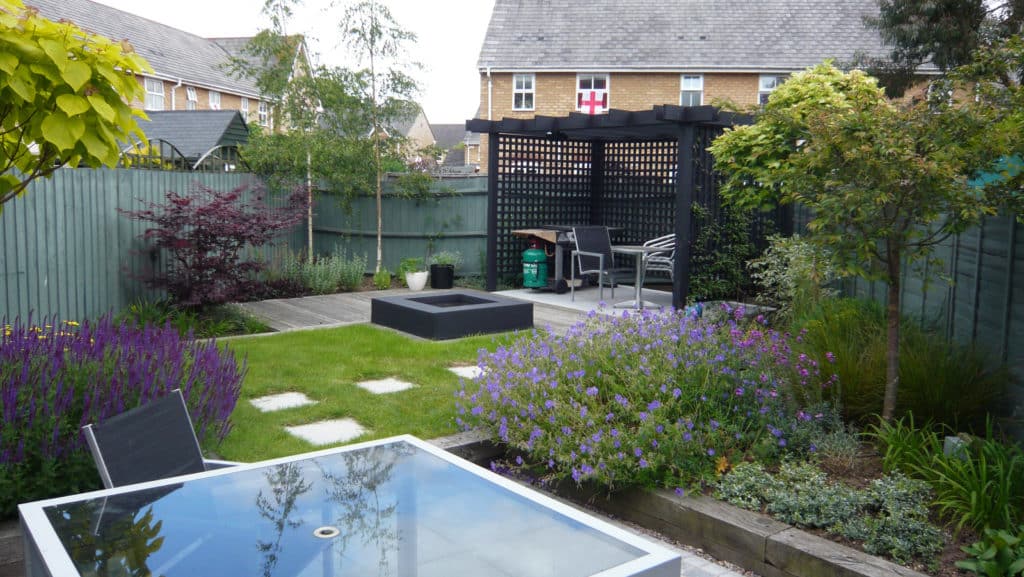
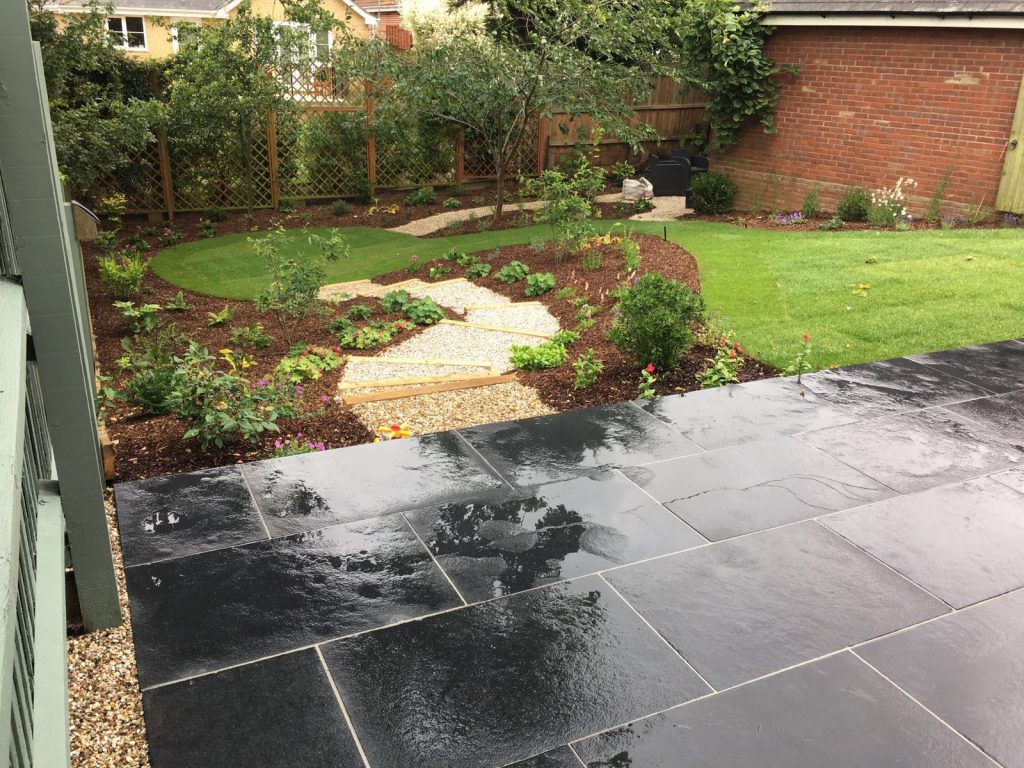
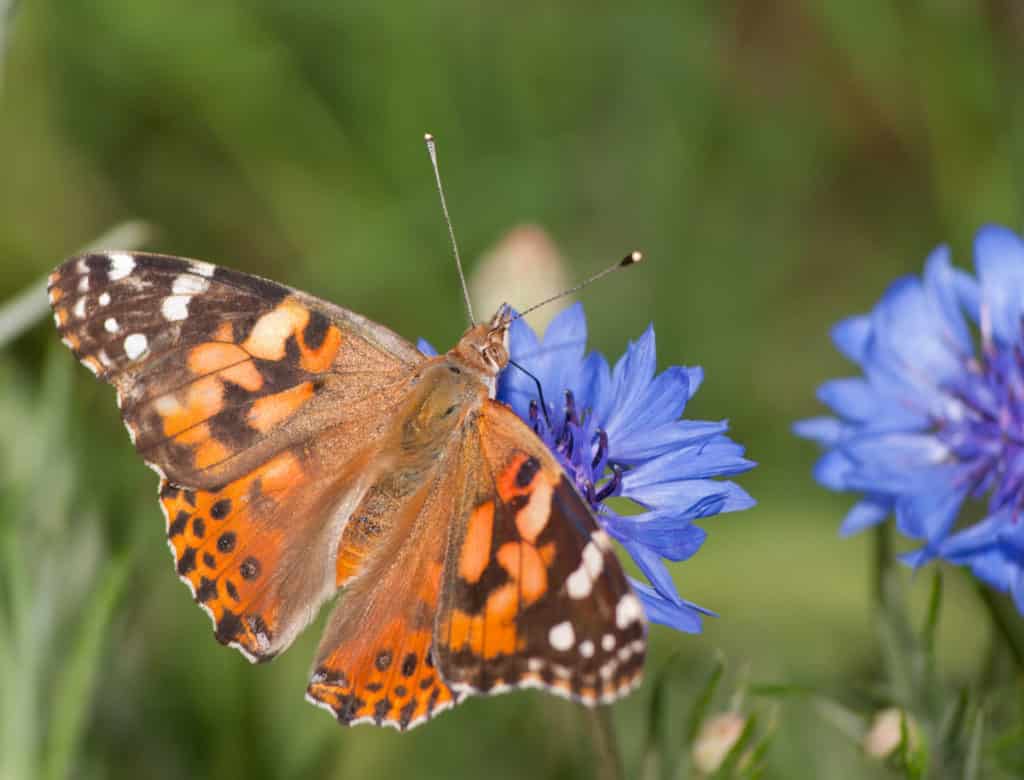
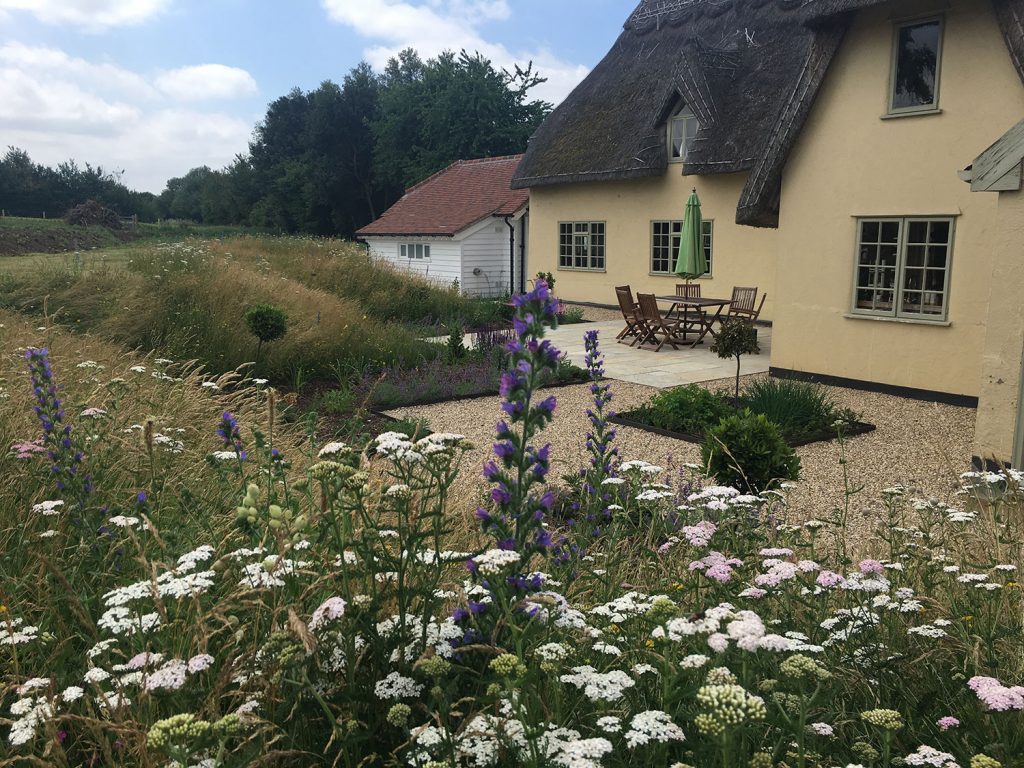
Sorry, the comment form is closed at this time.